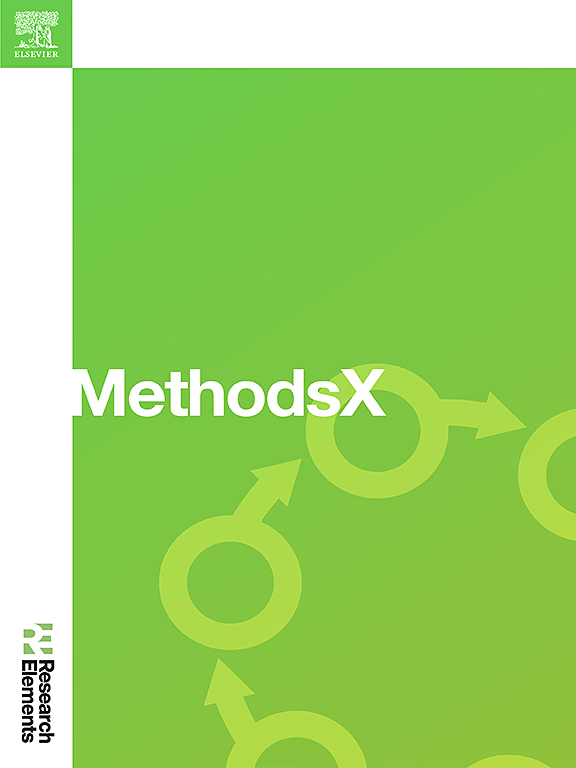Enhanced electrocardiogram classification using Gramian angular field transformation with multi-lead analysis and segmentation techniques
IF 1.6
Q2 MULTIDISCIPLINARY SCIENCES
引用次数: 0
Abstract
Conventional manual or feature-based ECG analysis methods are limited by time inefficiencies and human error. This study explores the potential of transforming 1D signals into 2D Gramian Angular Field (GAF) images for improved classification of four ECG categories: Atrial Fibrillation (AFib), Left Ventricular Hypertrophy (LVH), Right Ventricular Hypertrophy (RVH), and Normal ECG.
- •The study employed GAF transformations to convert 1D ECG signals into 2D representations at three resolutions: 5000 × 5000, 512 × 512, and 256 × 256 pixels.
- •Segmentation methods were applied to enhance feature localization.
- •The ConvNext deep learning model, optimized for image classification, was used to evaluate the transformed ECG images, with performance assessed through accuracy, precision, recall, and F1-score metrics.

基于多导联分析和分割技术的Gramian角场变换增强心电图分类
传统的手工或基于特征的心电分析方法受到时间效率低下和人为错误的限制。本研究探讨了将一维信号转换为二维格拉曼角场(GAF)图像的潜力,以改进心房颤动(AFib)、左心室肥厚(LVH)、右心室肥厚(RVH)和正常ECG四种ECG类别的分类。•本研究采用GAF变换将1D心电信号以5000 × 5000、512 × 512和256 × 256像素三种分辨率转换为2D表示。•采用分割方法增强特征定位。•使用针对图像分类进行优化的ConvNext深度学习模型来评估转换后的ECG图像,并通过准确性、精密度、召回率和f1评分指标来评估其性能。512 × 512的分辨率实现了计算效率和精度的最佳平衡。AFib、LVH、RVH和Normal ECG的f1评分分别为0.781、0.71、0.521和0.792。分割方法提高了分类性能,特别是在检测LVH和RVH等条件时。5000 × 5000分辨率提供了最高的精度,但计算量很大,而256 × 256分辨率由于丢失细节而降低了精度。
本文章由计算机程序翻译,如有差异,请以英文原文为准。
求助全文
约1分钟内获得全文
求助全文
来源期刊

MethodsX
Health Professions-Medical Laboratory Technology
CiteScore
3.60
自引率
5.30%
发文量
314
审稿时长
7 weeks
期刊介绍:
 求助内容:
求助内容: 应助结果提醒方式:
应助结果提醒方式:


